12 Myths About Project-Based Learning
Among the most pervasive myths about project-based learning is that students ‘doing projects’ equates to students learning through PBL.
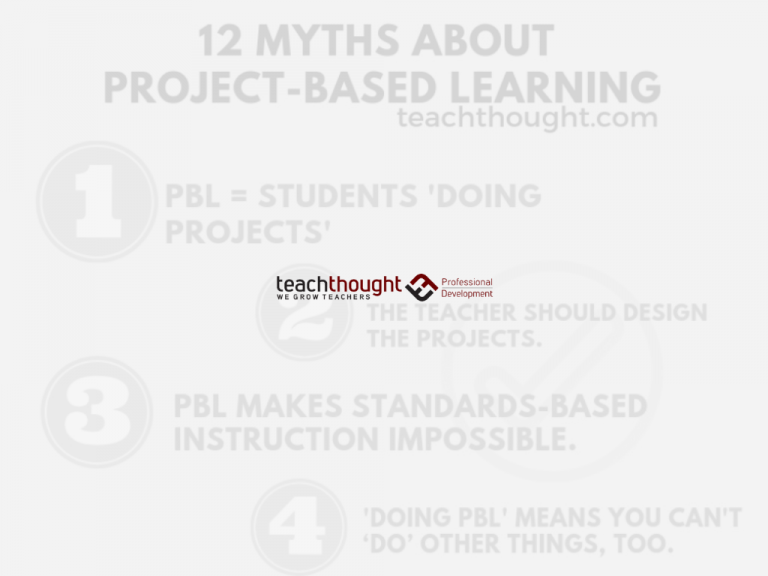
Among the most pervasive myths about project-based learning is that students ‘doing projects’ equates to students learning through PBL.
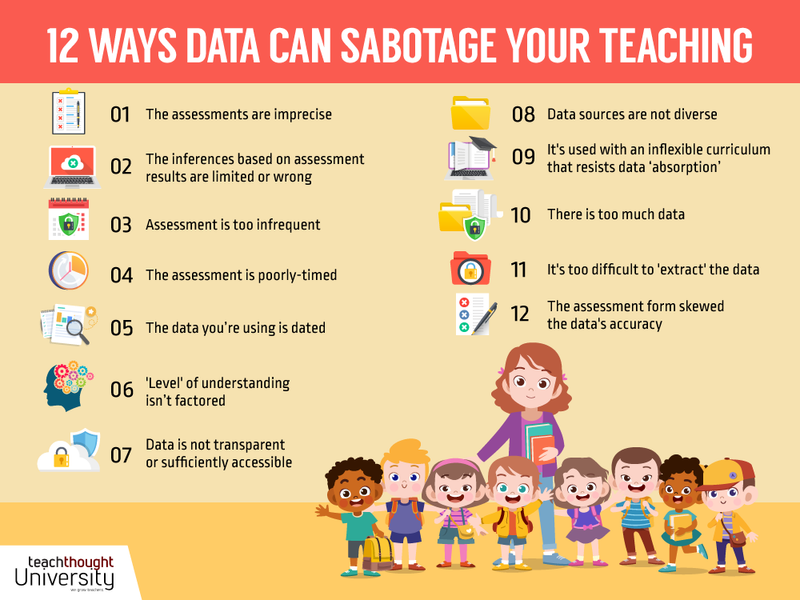
Functionally, the purpose of assessment is to provide data to revise planned instruction. Of course, it’s not that simple.
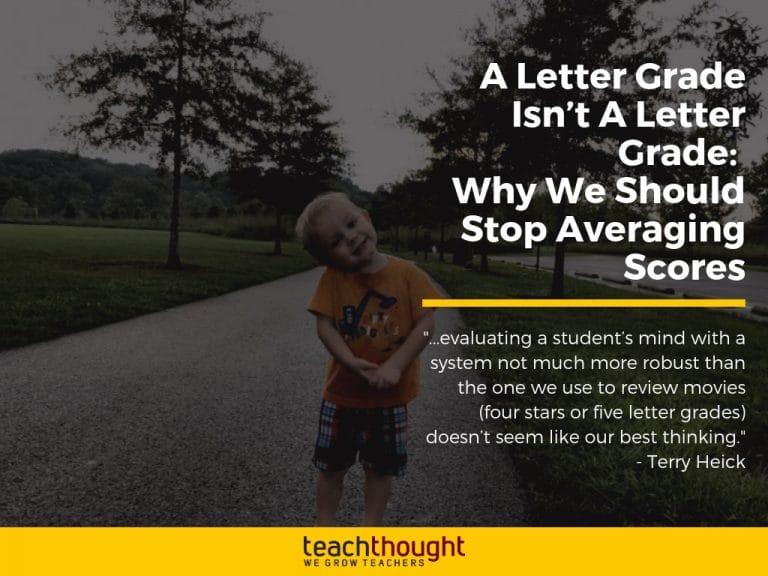
Evaluating a student’s mind with a system not much more robust than the one we use to review movies doesn’t seem like our best thinking.
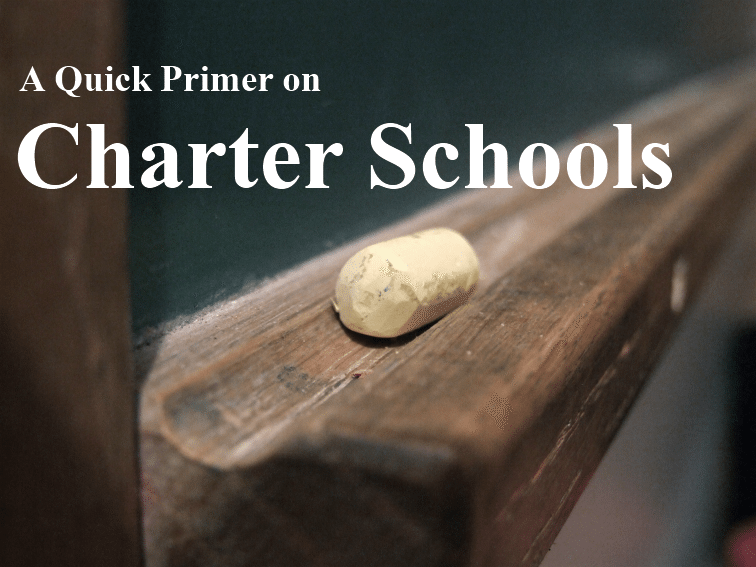
A one-size-fits-all approach has never worked in education, and the variety of school options available today attests to that fact. While a number of private schools specialize in specific content or teaching approaches, the costs can be prohibitive to most parents. Charter schools have been rapidly multiplying throughout the country, offering students and families private-school-quality…
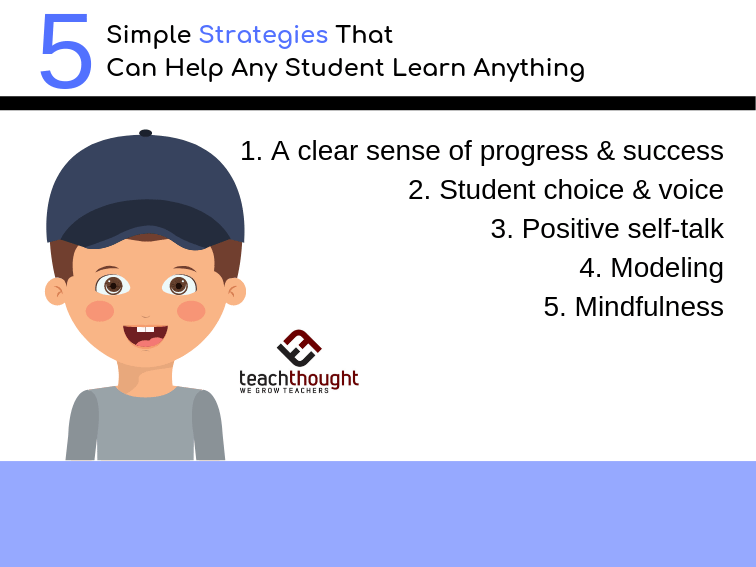
Psychology-based strategies that help students learn include modeling, student choice, and a clear sense of progress in the learning process.
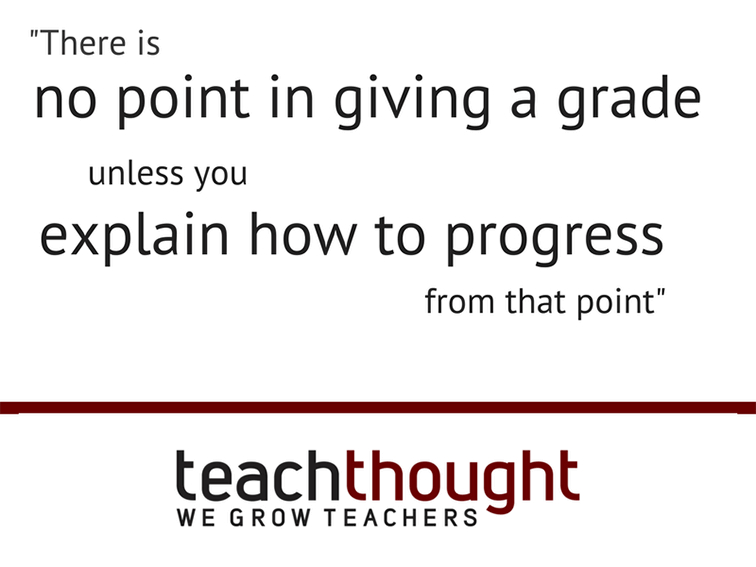
When seeking to develop skills, feedback (and it must be timely) is only useful if it informs the student what areas need to be worked on.
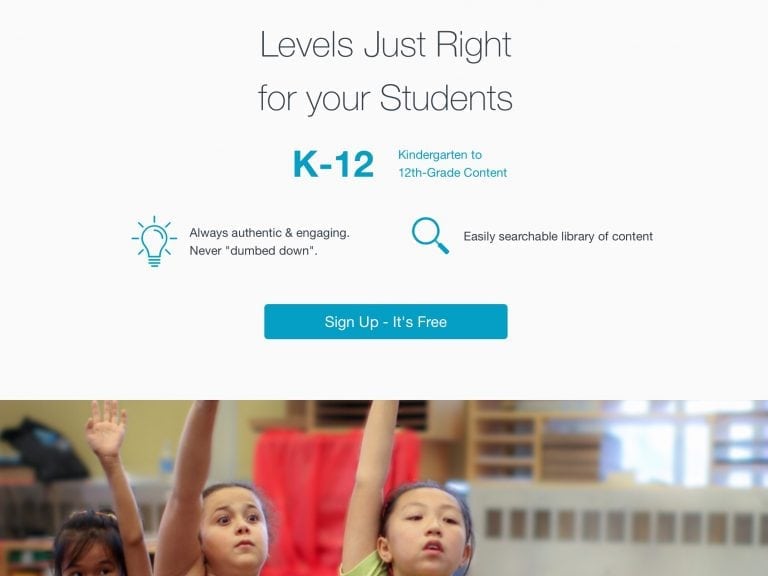
A simple way for students to build background knowledge and improve literacy skills, here are 10 ways to use ReadWorks in the classroom.
Bloom’s Taxonomy is a powerful teaching and learning tool that can help you shape nearly everything that happens in your classroom.
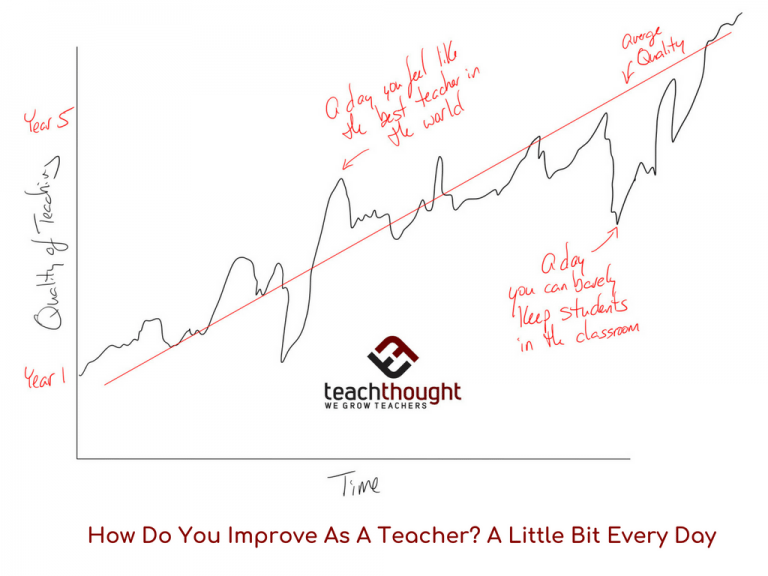
The ultimate metric for your teaching is the quality of students’ lives after your journey & their journey diverge–borderline immeasurable.
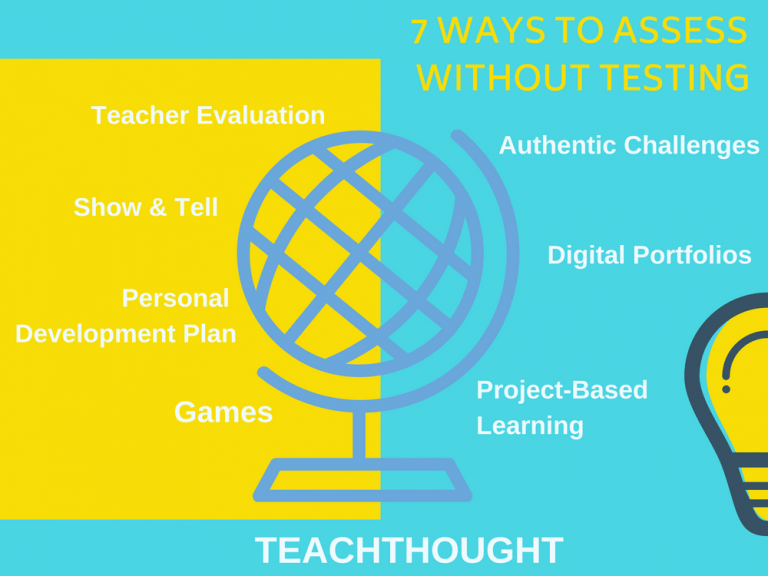
At a recent teachers conference, one of the most astute comments was ‘you can assess without testing.’ There are many ways to assess.
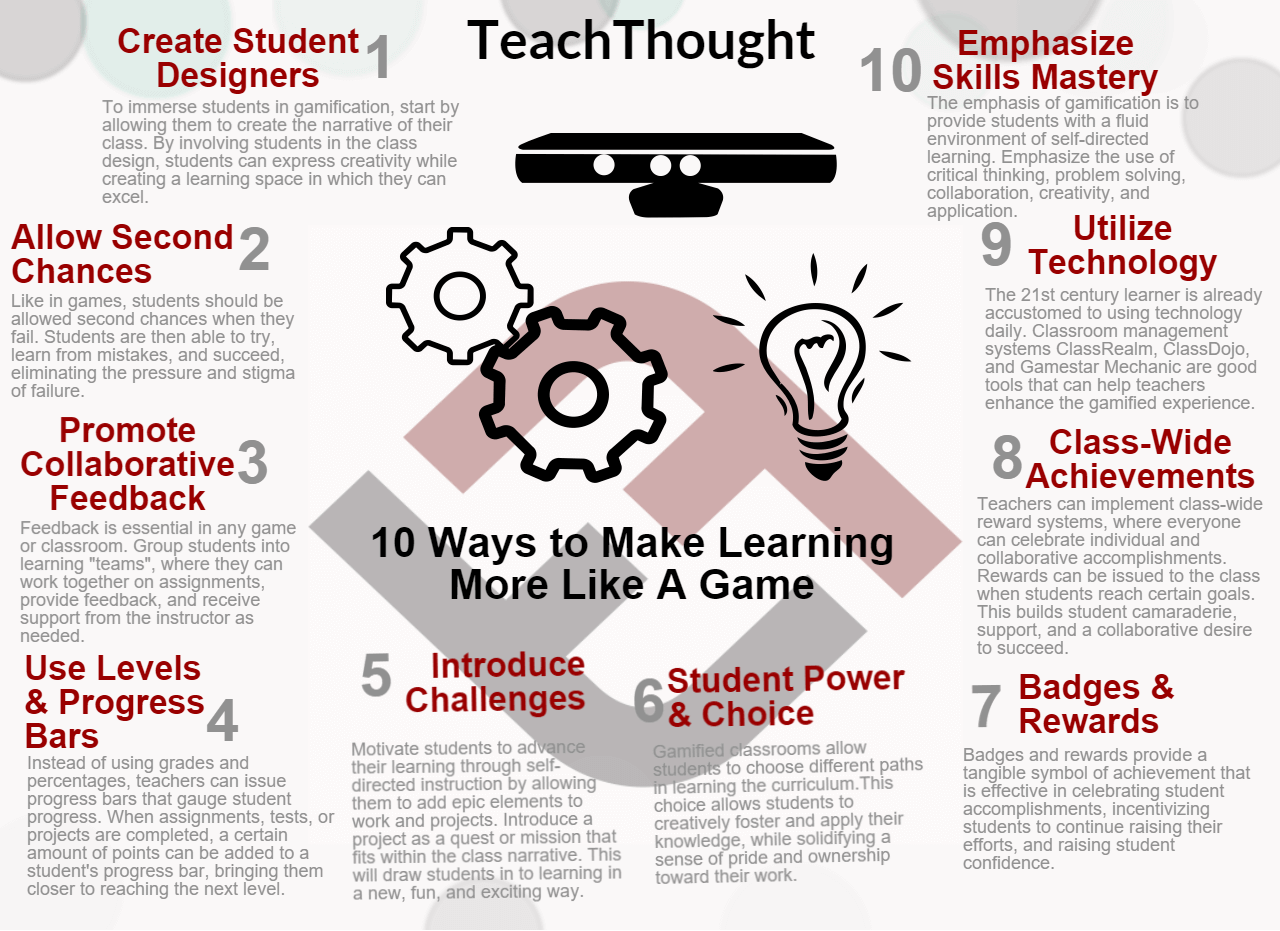
From using levels and and progress bars to badges and rewards, here are ten strategies to make learning feel more like a game.
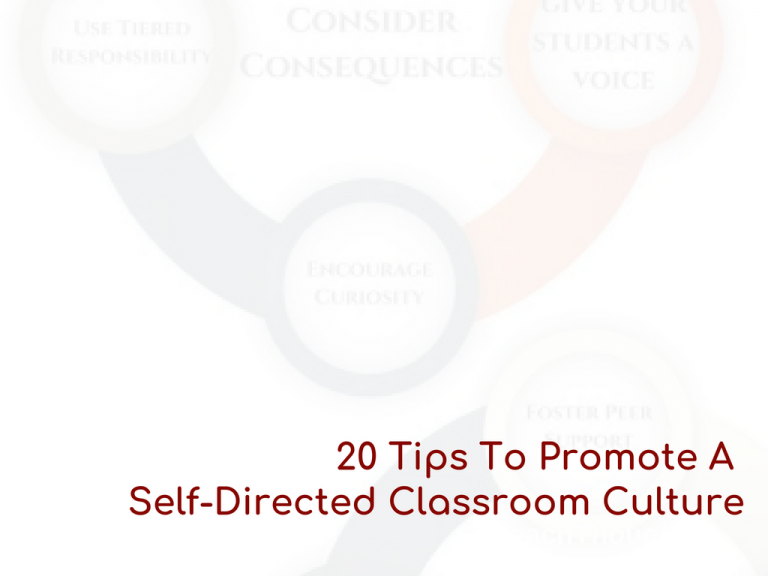
When a task feels overwhelming, the ‘I can,’ quickly falls apart. Teach students how to break down a big project into miniature steps.
End of content
End of content